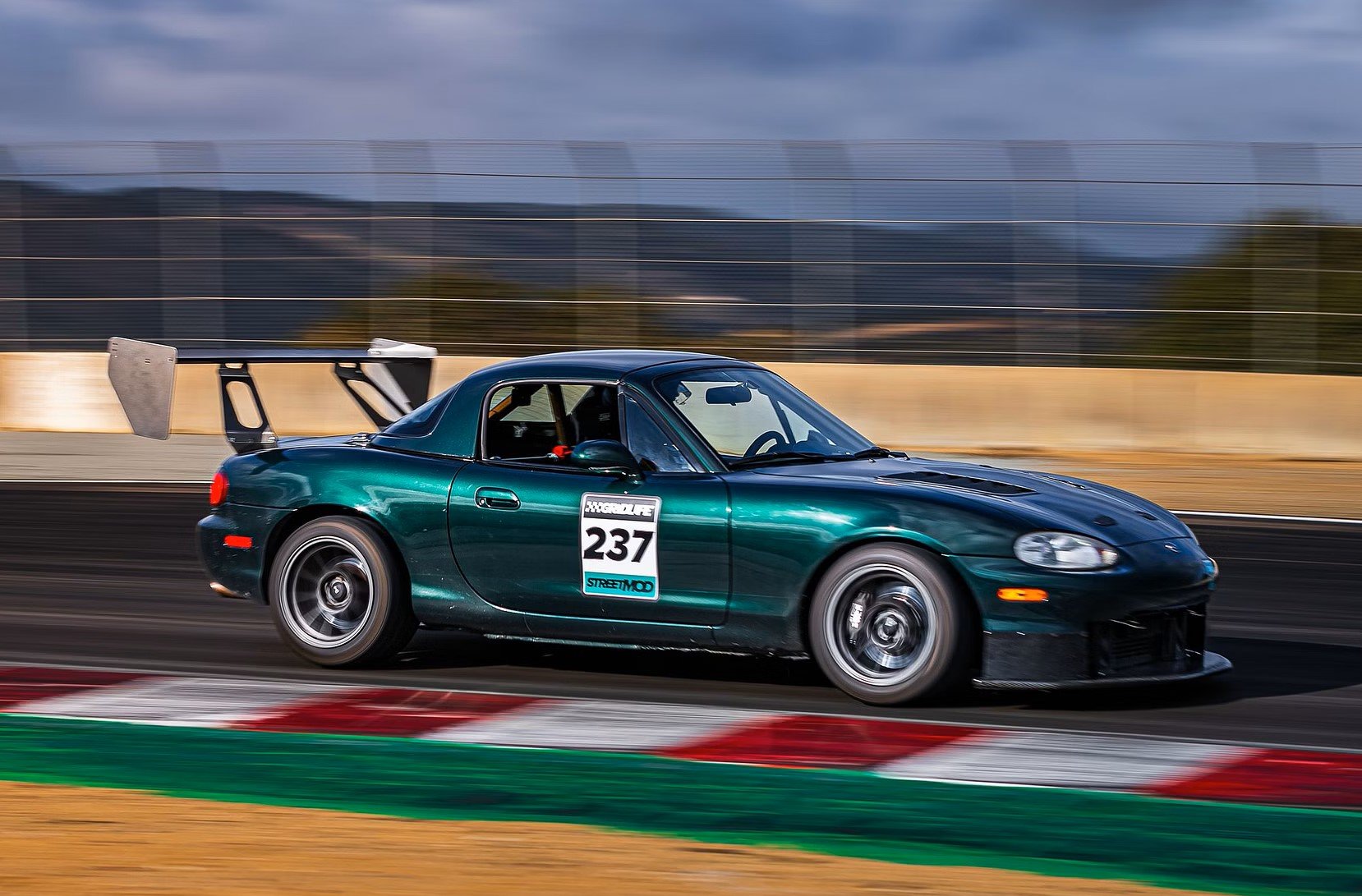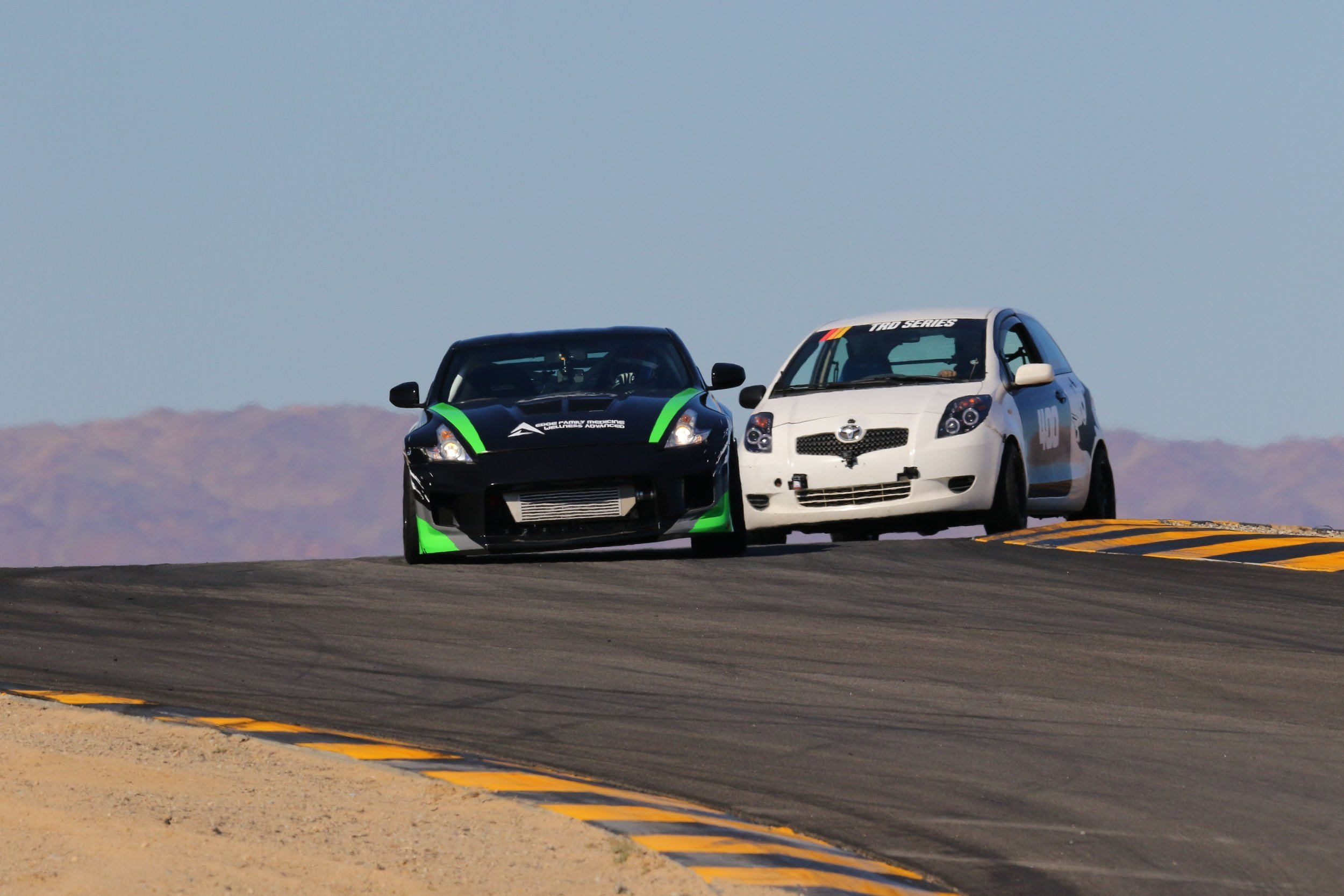
SpeedSF Blog
Every Build Has a Story – Meet the Cars of SpeedSF

Connor’s E36: Standing on Solid Ground
After transitioning into HPDE from autocross, Connor Lydon recognized how taking the next step into time trials would be made easier by starting with a sorted car.
This IP-winning E36 M3 came to Connor already proven, and with a little massaging as well as a few chassis mods, it’s been able to set remarkable times with a modest amount of power.

Chris’ DCT-Swapped Miata: Grasping the Big Picture
By sourcing the right parts from retired race cars, using all his industry know-how, and taking the leap to install a BMW DCT in his NB, Chris Watson’s found an inspiring recipe for a reliable track-tuned Miata that can lap Laguna in 1:33.

Brandon’s Alfa 4C: Inconspicuous Exotic
Tired of Spec Miata and needing to build an unusual track car, Brandon picked up this Alfa 4C and gave it all the chassis mods needed to help it shine on the road course.

Speed SF Goes Karting: A Thank You to our Coaches
Miles Kodama, Nate Hackman, and Matt Misencik put in an incredible number of hours this past year, and to thank them for their time and effort, we sponsored them in a charity karting event at Sonoma Raceway.

Speed SF Challenge 2023 RECAP
Close fields, dark horses, and lots of new talent made this year’s Challenge one for the record books.

Legend's Supra: Big Brain Move
Legend wisely picked a platform he could grow into. Rather than dump big dough on mods, he did the bare minimum with setup and spent his time in the seat, not underneath the car.

Joey's Yaris: Giving the Family Car a New Lease on Life
It was the car he and his siblings learned to drive in. Once all the kids were off on their own, Joey decided to give this once-automatic Yaris a shot at sexier second life.

Adam's S13 Coupe: Silvias Do More Than Slide
It’s fun to remember that you could pick up a turbocharged Silvia for a few grand once. Adam Swan took this car to the next level with a few track-oriented mods, but it’s still essentially stock; proving the Silvia can do more than go sideways.
